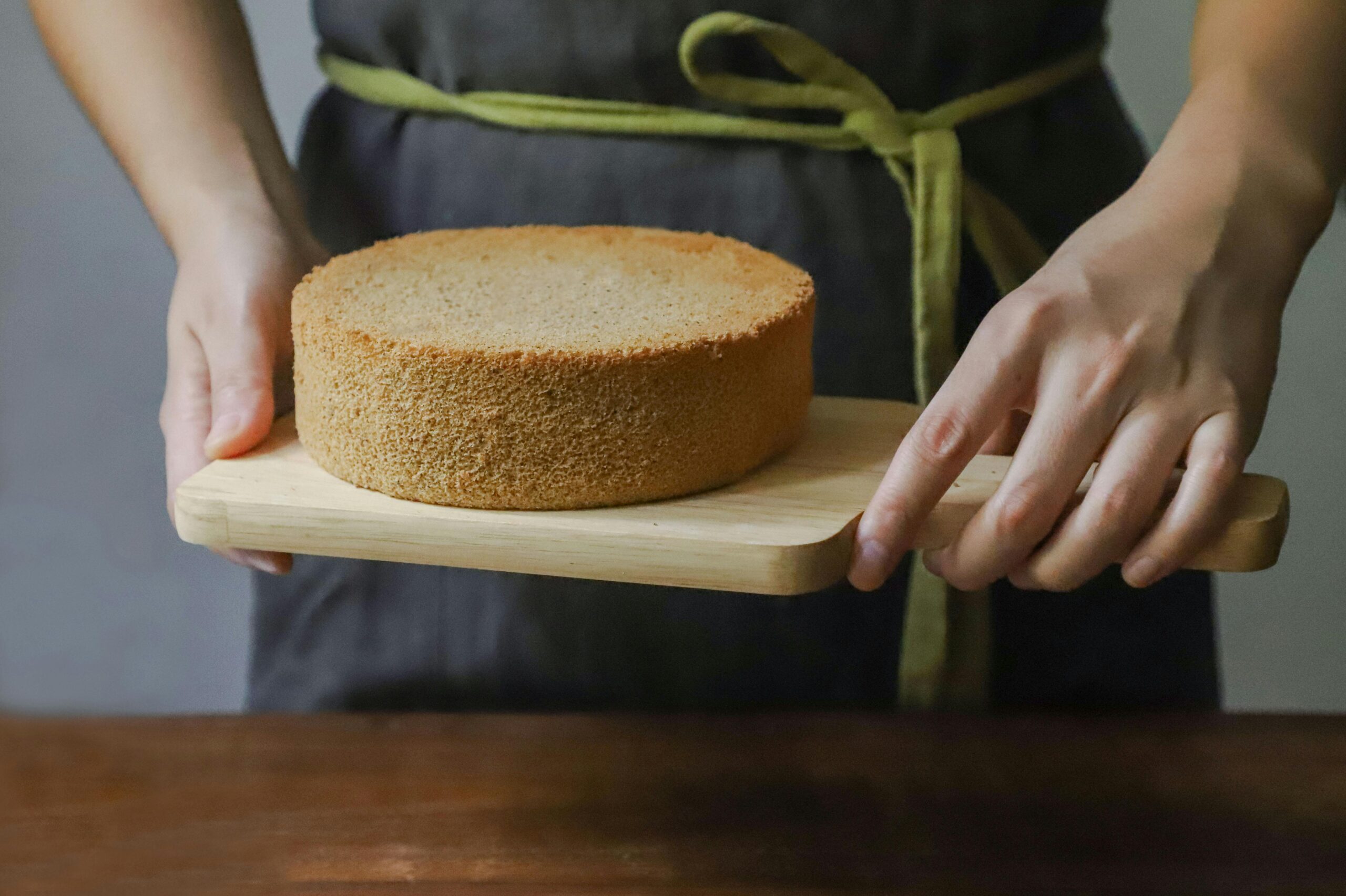Mastering the Toothpick Test: A Foolproof Method for Perfectly Baked Cakes
Baking a cake is a delightful journey of mixing ingredients, filling the kitchen with irresistible aromas, and eagerly awaiting the moment when you can slice into a perfectly baked confection. However, achieving the ideal level of doneness can sometimes be a challenge, with the fear of underbaking or overbaking lingering in the back of every baker’s mind. Enter the toothpick test, a simple yet invaluable technique that ensures your cakes emerge from the oven with a tender crumb and moist interior. Explore the ins and outs of the toothpick test, equipping you with the knowledge and confidence to bake cakes like a seasoned pro.
Understanding the Toothpick Test
- The toothpick test is a method used to determine the doneness of a cake by inserting a toothpick into the center of the cake and assessing its cleanliness upon removal.
- A fully baked cake will yield a clean toothpick, indicating that the cake has cooked through evenly and is ready to be removed from the oven.
When to Perform the Test
- The toothpick test should be conducted near the end of the suggested baking time specified in your recipe.
- Avoid opening the oven door too frequently during the baking process, as this can cause fluctuations in temperature and affect the cake’s overall texture and rise.
How to Perform the Test
- Using a clean toothpick or wooden skewer, insert it into the center of the cake, taking care to avoid hitting any air bubbles or pockets.
- Gently withdraw the toothpick and observe its appearance. If it comes out clean or with a few moist crumbs attached, the cake is done.
- If the toothpick emerges with wet batter clinging to it, the cake requires additional baking time.
Interpreting the Results
- A clean toothpick indicates that the cake is fully baked and ready to be removed from the oven.
- Moist crumbs clinging to the toothpick suggest that the cake is almost done but may require a few more minutes of baking time.
- Wet batter on the toothpick indicates that the cake is underbaked and needs to continue baking until fully cooked.
Tips for Success
- Position the toothpick test slightly off-center to ensure thorough testing of the cake’s interior.
- Rotate the cake halfway through the baking process to promote even cooking and prevent uneven browning.
- Allow the cake to cool in the pan for 10-15 minutes before transferring it to a wire rack to cool completely.
Mastering the toothpick test is a valuable skill that can elevate your baking game and ensure consistently delicious results with every cake you bake. By understanding the principles behind the test, knowing when and how to perform it, and interpreting the results accurately, you’ll be equipped to confidently bake cakes that are perfectly moist, tender, and irresistibly delicious. So, the next time you embark on a baking adventure, remember to wield your trusty toothpick with confidence, knowing that it holds the key to cake perfection.

